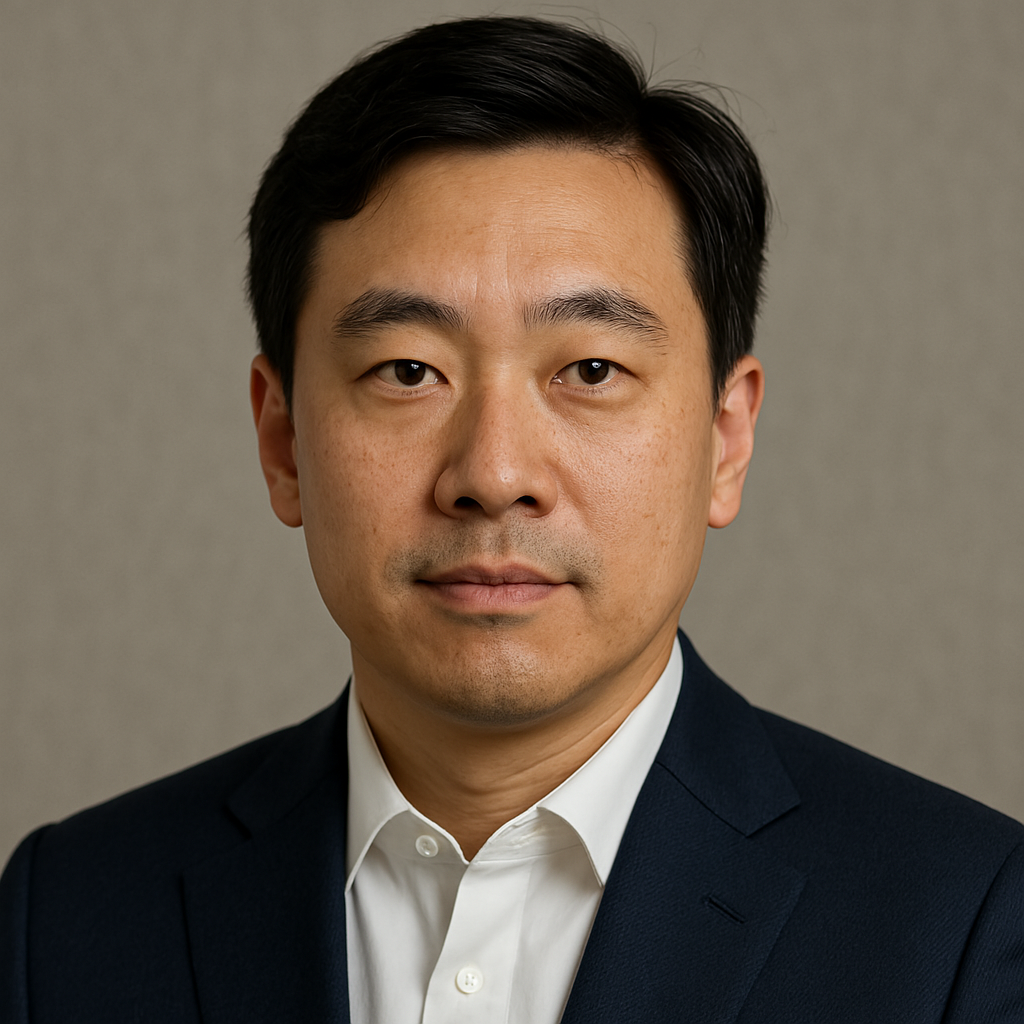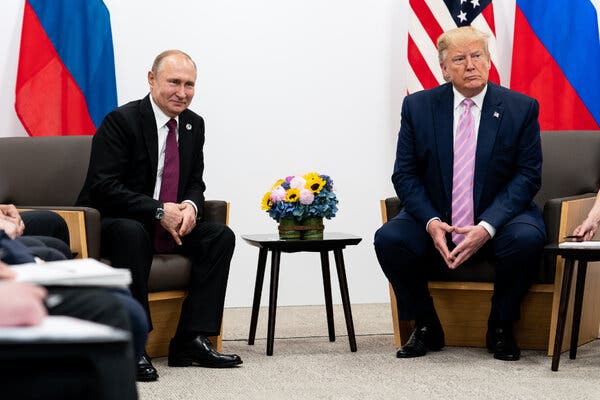President Donald Trump is set to meet with Russian President Vladimir Putin this Friday in Alaska. The sudden scheduling of the summit, combined with Trump’s inclination toward diplomatic agreements, has sparked speculation about the potential outcomes.
Arranged on short notice, this meeting signals a notable shift in U.S. policy. Since Russia’s 2022 invasion of Ukraine—resulting in hundreds of thousands of deaths and widespread devastation—Washington has largely treated Putin as a pariah. The very willingness of a sitting U.S. president to engage directly is viewed as a diplomatic win for Moscow.
Earlier this week, Ukrainian President Volodymyr Zelensky joined a call between Trump and European leaders, during which five negotiation principles were established. Among these was the priority of achieving a ceasefire as a first step.
With no Ukrainian representatives attending the Alaska talks, prospects for meaningful progress are considered limited. Trump has stated he intends to speak with Zelensky directly following his discussions with Putin and views the Alaska summit as a possible prelude to a Putin-Zelensky meeting.
Key Details to Know:
The summit will take place at the Joint Base Elmendorf-Richardson in Anchorage, according to Kremlin sources and a White House official familiar with the arrangements.
The Kremlin expects the meeting to begin around 11:30 a.m. local time. Initially, Trump and Putin will hold a face-to-face conversation with interpreters, followed by delegate-level talks and a working breakfast. A joint press conference is anticipated at the conclusion, the Kremlin added.
White House Press Secretary Karoline Leavitt described the summit as a "listening exercise," intended to give Trump clearer insight into Putin’s intentions.
Trump and Putin previously met privately—except for interpreters—for over two hours during the 2018 Helsinki summit in Finland.
Since Trump took office in January, the possibility of a summit with Putin has been repeatedly floated by both countries.
While Putin has shown eagerness for a meeting, he had resisted concrete steps toward ending the war, believing Russia was making gains on the battlefield.
Initially supportive of Russia and critical of U.S. military aid to Ukraine, Trump delayed the summit while prospects for ending the war appeared bleak and expressed frustration on multiple occasions.
Last week, Trump advanced the deadline for imposing new sanctions or tariffs unless Putin ended the conflict. He also raised tariffs on imports from India to 50 percent to penalize continued purchases of Russian oil. Facing this looming deadline, Russian officials requested the summit.
Putin may be using the summit as a stalling tactic as well as an opportunity to mend strained ties with Washington. He could also seek to discuss issues beyond Ukraine, such as economic agreements or Arctic cooperation.
On a broader level, the summit aligns with Putin’s worldview that great powers should define their own spheres of influence, reminiscent of the 1945 Yalta Conference where Stalin, Roosevelt, and Churchill divided post-war Europe.
Putin views Russia’s vast nuclear arsenal as central to its status as a global power, despite limited production of goods desired internationally aside from energy exports.
Having described the Soviet Union's 1991 collapse as "the greatest geopolitical catastrophe of the century," Putin has spent decades trying to reassert Moscow’s influence over Ukraine.
Russia and Ukraine have held three rounds of talks in Istanbul, where Moscow attempted to secure territorial gains that have eluded it on the battlefield.
Putin is likely to reiterate maximalist demands in any meeting with Trump: claiming eastern Ukraine as Russian territory; keeping Ukraine out of NATO; preventing NATO’s expansion into former Soviet states; limiting the size of Ukraine’s military; and ensuring a pro-Moscow government.
Trump campaigned on ending the Ukraine war within 24 hours of his second inauguration. More than 200 days later, he still considers himself a top negotiator and has openly expressed his desire for the Nobel Peace Prize, linking it to his efforts in Ukraine and other conflicts.
“We all agree this war must end, and we will work toward that in the coming days and weeks,” Trump wrote recently on his social media platform.
Trump’s stance on the war has fluctuated. Early this year, he appeared to align with the Kremlin by limiting U.S. military aid and intimidating Zelensky during a controversial Oval Office meeting in February.
However, as his frustration with Putin grew, he recently approved increased arms sales to Ukraine and condemned Russian bombing of Ukrainian cities as “shameful” and “repugnant.” He directly criticized Putin a month ago.
Speaking to reporters Wednesday, Trump warned of “very severe consequences” for Russia if Putin does not agree to halt the war following Friday’s meeting. When asked if he believed he could persuade Putin to stop attacks on Ukrainian civilians, Trump said they had already discussed the issue.
“I’ve had many good conversations with him, and then I come home and see a rocket hit a nursing home or an apartment building, with people lying dead in the streets,” Trump said.
Although Trump has threatened strict direct and secondary sanctions against Russia to end the war, he has acknowledged their potential ineffectiveness.
Unlike previous U.S. presidents who might have agreed to a summit as a reward for peace concessions, there is no indication that Putin’s stance on rejecting such outcomes has shifted.
Continued energy exports have enabled Russia to withstand the harshest Western sanctions so far, and the country maintains minimal direct trade with the U.S. Trump has not imposed the stringent tariffs on Russian imports applied by some U.S. trading partners.
In a recent interview, Trump suggested that Putin would stop killing people if energy prices dropped by another $10 per barrel. However, he has taken no action to sanction China—the largest importer of Russian oil—and Indian officials have stated their intention to continue buying Russian crude.
President Zelensky has declared any peace deal excluding Ukraine would be doomed from the start.
The five principles agreed upon during the call between Trump and European leaders include keeping Ukraine involved in follow-up war negotiations and refusing to discuss peace terms such as territorial swaps before a ceasefire is established.
These principles also call for security guarantees for Ukraine after the war—including the possibility of future NATO membership—and a commitment to intensify economic pressure on Russia if negotiations fail. Neither Europe nor Ukraine will be represented at the summit.
Despite the enormous toll of death and destruction in Ukraine, polls indicate a strong majority of Ukrainians reject the territorial and other concessions Moscow demands.


0 Comments
No comments yet. Be the first to comment!